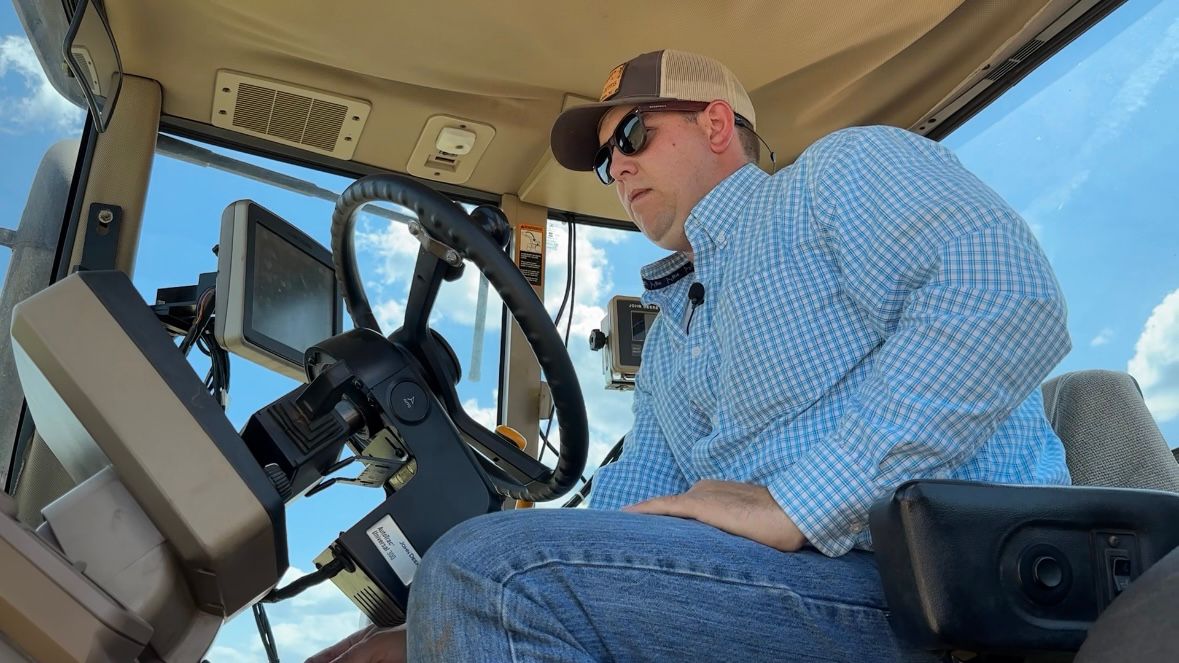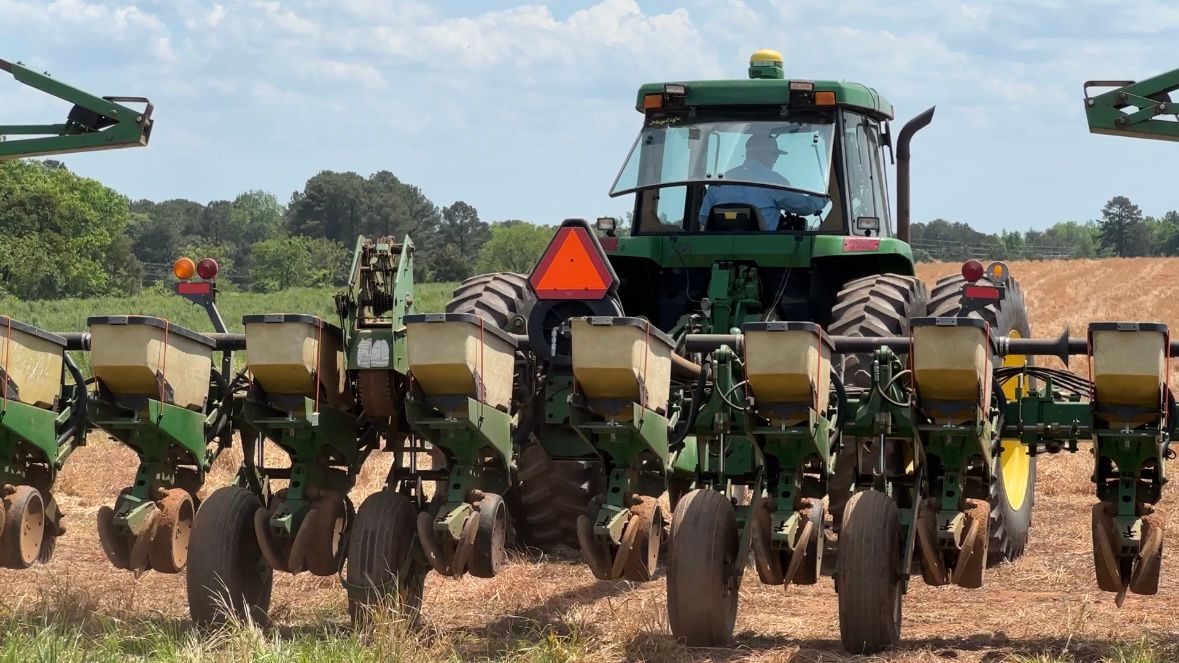RUTHERFORDTON, N.C. — As spring planting turns into summer growing season, farmers in North Carolina are once again placing their bets on their crops and hoping for a good year.
Stuart Beam of Beam Farms is primarily a forage farmer — producing crops like livestock feed, corn and hay. According the USDA’S 2022 agriculture overview, there are 45,000 farms in North Carolina. In 1920 there were six times that many at nearly 270,000.

“Your farms built your community, especially in North Carolina, and when you lose your agriculture in the community, your community goes downhill,” Beam said.
Machines and manufacturers have made agriculture more efficient, making it barely recognizable from a hundred years ago. Modern agriculture looks like bigger operations with fewer individual farms.
“Our dependence on these machines has never been greater, the country's dependence on us running these machines has never been greater and the importance for efficiency and ag has never been greater,” Beam said.
According to the USDA, in the 1800s 90% of the population lived on farms. Today farmers make up less than 2% of the population and have more people depending on them for their food supply than ever before.
“We're business people. We're not just a guy out here in overalls hoeing some cotton,” Beam said. “We do it because it's in our blood. I think that I think that people are born with a purpose and at some point in their life, they realize what it is, and farmers tend to find out pretty quick.”

Beam says that although farming is a passion for most who choose to do it, at the end of the day it also has to be sustainable for them to remain in business. With the cost of the modern machinery that allows agriculture to function on its present scale the risks are greater for farmers who can’t afford a breakdown or malfunction that could jeopardize an entire crop.
“A light bulb can go out in that tractor and throw so many alarms that you have to shut down and change the light bulb before you can go on,” Beam said. “If that tractor goes down and the rest of his crop gets rained on, we've not lost $50 or $100 or a day's paycheck. You know, he has lost thousands of dollars and that adds up in a hurry over the course of the year.”
He does everything he can to make his equipment last as long as possible, upgrading technology where applicable and keeping older models up and running, but he knows that’s not the way the industry is heading.
“The scale that ag has become, you don't look at assets and equipment,” Beam said. “Because you're going to get that machine, you're going to lease it, you're going to depreciate it quick. You're going to run it for two years, and it's going to be gone. You're going to get another one.”
He said he’d be thrilled if the modern farmer could stand on his own two feet again without relying on million-dollar equipment to make a viable living.










